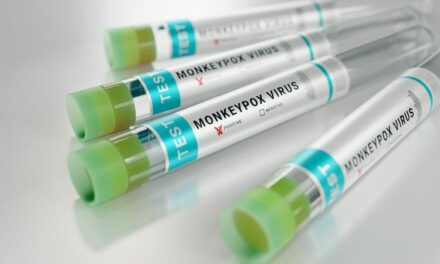The LDT final rule has sent shock waves through the clinical diagnostics industry. Should you be worried, and what can you do about it?
By Chris Wolski
Summary: The FDA’s LDT final rule has stirred significant concern within the clinical diagnostics industry, particularly impacting small labs and academic institutions, potentially limiting patient access to innovative tests and increasing regulatory burdens.
Takeaways:
- Impact on Small Labs: The rule’s imposition of stringent regulatory processes for LDTs may disproportionately burden small, independent labs and academic institutions, potentially leading to reduced test menus and even closures, limiting patient access to essential tests.
- Financial Constraints: With already narrow profit margins and challenges in reimbursement, labs face increased costs to comply with the rule, which could hinder future innovation in diagnostics, especially for tests that are not easily patentable.
- Call for Advocacy: Amidst industry concerns, there’s a call to action to engage policymakers and FDA administrators to advocate for regulations that balance patient safety with fostering innovation, emphasizing the importance of preserving the ability to develop new and improved diagnostic solutions.
After months and months of waiting, the FDA has finally issued the LDT final rule, tightening policies around one of the primary drivers of innovation in clinical diagnostics. Certainly, this rule has sent shock waves through the industry—and rightly so.
Fundamentally, the LDT final rule will affect labs large and small, with the small, independent labs and academic institutions bearing the bigger burden. Because labs will now have to follow the same regulatory process with LDTs as they would with from-scratch tests, the cost to “play” will be much higher and likely out of reach for the small, independent players.
Industry Feedback on the LDT Final Rule
That’s the opinion of Mark Birenbaum, PhD, executive director of the National Independent Laboratory Association (NILA) and the American Association of Bioanalysts (AAB). In a statement issued after the LDT final rule was announced he stated: “Many of our member laboratories have told us they will be forced to cut their test menus, and some might even close their doors—significantly limiting patient access to essential tests that simply aren’t available in the form of FDA-approved test kits.”
Lale White, CEO of XiFin, echoed Birenbaum’s comment in an e-mailed statement to CLP:
“Labs do not have very big margins to begin with, and proper reimbursement is very difficult in an industry where it takes years to get payor approval for a test that is often not patentable—in contrast to pharmaceuticals, for example. There has to be a balance between regulatory efforts and the costs imposed on future innovation.”
Certainly, as the editor of CLP and as a health care consumer, I am most concerned about the chilling effect the FDA final rule could have on innovation. Both large companies and small, independent labs are doing some astounding work in finding new and better ways to diagnose diseases and conditions. And a rule that hamstrings this work should be approached with significant qualms.
Further Reading: FDA Announces Final Rule on LDT Regulation
I spoke with Joyce Gresko, JD, a partner, and the Washington, D.C.-based law firm of Alston & Bird, about the FDA final rule and what it means for the industry and what, if anything, we can do about it.
While she describes it as a “Sword of Damocles hanging over the industry,” she did note that unlike the ever-pending VALID legislation—which she doesn’t see moving forward this year—the FDA final rule is not the same as a law.
“The rule is just 10 words, the rest is preamble,” she observed, adding. “There’s a disclaimer in the rules—they could be changed in future. So, it’s not the same as a regulation, which has the force of law.”
That being said, she does advise that developers of tests know what it means to comply with the rule.
And while there has been justified uproar in response to the FDA final rule, Gresko notes that the industry doesn’t have to accept it passively. Instead, she says that now is the time to reach out to your members of Congress and FDA administrators to educate them and advocate for rules and regulations that protect both patients and, more importantly, innovation.
Our health depends on it.
Chris Wolski is chief editor of CLP.





